Search
Search Results
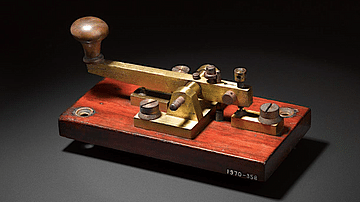
Definition
Electrical Telegraph
The electrical telegraph was invented in 1837 by William Fothergill Cook (1806-1879) and Charles Wheatstone (1802-1875) in England with parallel innovations being made by Samuel Morse (1791-1872) in the United States. The telegraph, once...
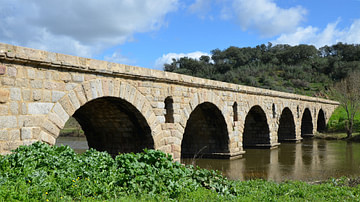
Definition
Roman Engineering
The Romans are known for their remarkable engineering feats, be they roads, bridges, tunnels, or their impressive aqueducts. Their constructions, many of them still standing, are a testament to their superior engineering skills and ingenuity...
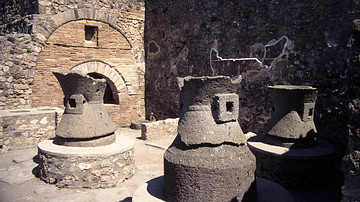
Article
Roman Mills
The Romans constructed mills for use in agriculture, mining and construction. Around the 3rd century BCE, the first mills were used to grind grain. Later developments and breakthroughs in milling technology expanded their use to crushing...

Image
The First Telegraph Machine
The first telegraph machine, invented in 1837 by William Fothergill Cook (1806-79) and Charles Wheatstone (1802-1875). The machine had only 20 letters, indicated in the message sent by the slight movement of two needles (from the machine’s...

Image
Telegraph Morse Key
A morse key for an electrical telegraph machine. From a British post office and in use in the 19th to 20th century. (Science Museum, London)
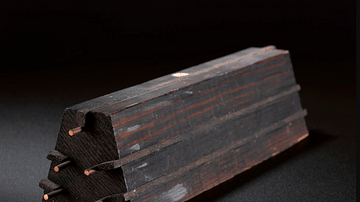
Image
The First Telegraph Cable
A section of the first electrical telegraph cable, used for a machine invented by William Fothergill Cook and Charles Wheatstone in London in 1837. Made of copper and wood, the cable was first used underground before it was decided to suspend...
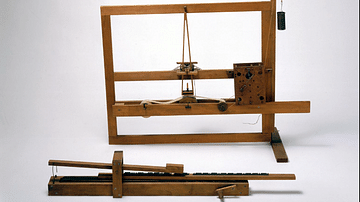
Image
Samuel Morse's First Telegraph Machine
A model of the first telegraph machine developed by Samuel Morse (1791-1872) of Massachusetts, probably made around 1835. (Science Museum, London)
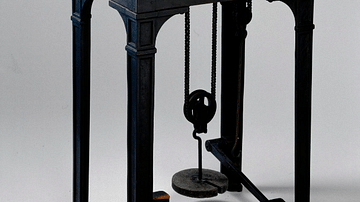
Image
Hughes' Typewriting Telegraph
The typewriting telegraph invented by David E Hughes (c. 1829-1900) in 1855. The machine could transform telegraph messages into written text. (Science Museum, London)
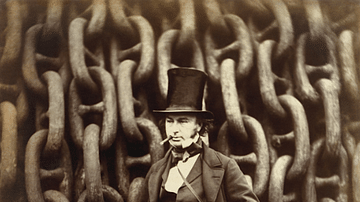
Definition
Isambard Kingdom Brunel
Isambard Kingdom Brunel (1806-1859) was a British engineer and a key figure of the British Industrial Revolution (1760-1840). Brunel masterminded the Great Western Railway from London to Bristol, designed and built innovative giant steamships...
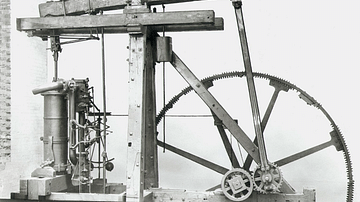
Article
Top 10 Inventions of the Industrial Revolution
The British Industrial Revolution transformed life at work and at home for practically everyone. Noise, pollution, social upheaval, and repetitive jobs were the price to pay for labour-saving machines, cheap and comfortable transportation...